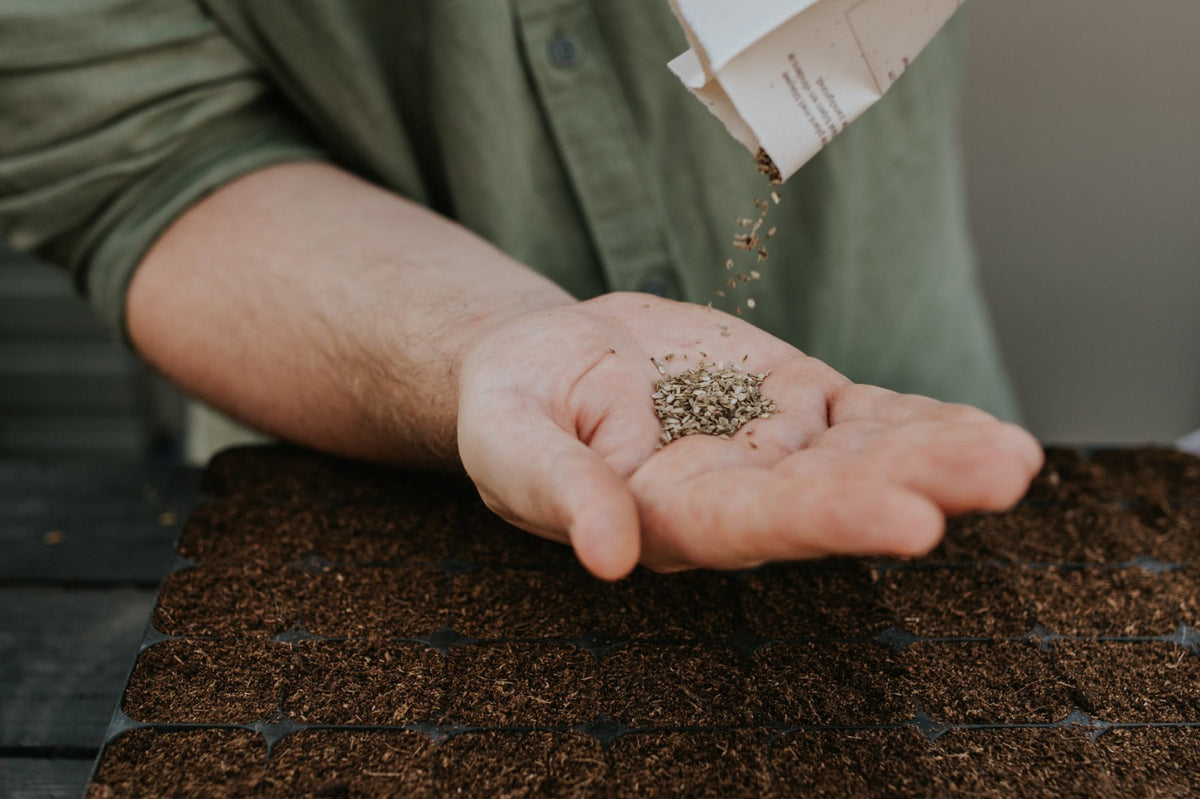
Sowing in the fall: pre-sowing hardy annuals
|
Tijd nodig om dit artikel te lezen: 2 min
|
Tijd nodig om dit artikel te lezen: 2 min
Many people think that you can only sow in the spring, but that is not true. You can also sow in the fall, so that you have earlier flowers and longer flower stems in the spring. Is it applicable to every flower? No. But for winter-hardy annuals it is very beneficial. Why that is, and how to do it, you will discover below. We have bundled all our tips for a good start.
Let's start at the beginning: what are winter-hardy annuals ? They are flowers that are annuals, and therefore bloom profusely for a season, but can withstand the cold. They usually tolerate temperatures down to about -5 °C, which also makes them stronger than the so-called 'warm' annuals. Because make no mistake, most annuals cannot tolerate frost. They turn brown and die. Winter-hardy annuals - the name says it all - are winter-hardy and can therefore be sown much earlier. But sowing now, is that for everyone?
If you want to sow in the fall, it is important to know that you need a greenhouse or cold frame to get started. If you do not have a greenhouse, we advise you to wait with sowing until spring. Because although they are hardy annuals, they need protection from the harsh elements that they have to endure outside during the winter months. A greenhouse, tunnel greenhouse or cold frame offers that protection. This environment ensures that the young plants stay alive, continue to grow steadily and get through the winter better. We advise against sowing indoors. It is much too dark during the darkest months and the temperature is often so high that plants continue to grow and go up into the air. The combination of little sunlight and high temperatures ensures that your plants become weak and sick. In that case there are no more advantages, and it is better to wait until the weather improves in the spring .
If you can protect your seedlings during the winter months, and you are willing to continue to care for your plants, even when it is cold and grey outside, then you can make the decision. But what exactly are the advantages? You don't want to care for your plants all winter long, without getting any benefit from it of course. Sowing hardy annuals in the autumn has the advantage that you have stronger plants in the spring, that flower a little earlier, but above all: your flowers get longer flower stems . In a cutting garden this is not an unnecessary luxury, if you know that long stems can be used much better in bouquets. Sowing in the autumn is therefore definitely useful.